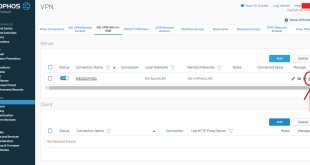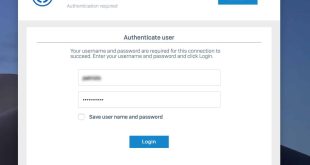Are you struggling with configuring your Sophos VPN client? Look no further, as we dive into the world of Sophos VPN client config file. In this blog post, we will explore all the ins and outs of configuring the Sophos VPN client, addressing common pain points and providing helpful tips along the way.
Table of Contents
Solving Configuration Challenges
Configuring the Sophos VPN client can be a daunting task, especially for those who are new to the process. From understanding the necessary settings to troubleshooting connectivity issues, there are various challenges that users may encounter.
Understanding the Target
The primary objective of the Sophos VPN client config file is to establish a secure connection between a user’s device and a remote network. This enables users to access resources within the network from anywhere, ensuring a seamless and secure remote working experience.
In summary, the Sophos VPN client config file is a vital component in establishing a secure connection between a user and a remote network. Its primary target is to enable remote access to network resources, ensuring a seamless and secure working experience.
The Personal Experience
Let me share my personal experience with configuring the Sophos VPN client config file. As a remote worker, I often rely on the VPN connection to access files and resources on my company’s network. Initially, I found the configuration process to be intimidating, but with time and practice, I have become well-versed in setting up the Sophos VPN client.
First and foremost, it is essential to obtain the necessary configuration details from your network administrator. These may include server addresses, authentication methods, and encryption settings. Armed with this information, you can begin the configuration process.
In the Sophos VPN client, you will find various settings that need to be configured. These include the server address, authentication method, and encryption settings. It is important to carefully enter these details to ensure a successful connection.
Once the configuration is complete, it is crucial to test the connection. This can be done by attempting to access resources on the remote network, such as shared drives or internal websites. If the connection is successful, you can rest assured that your Sophos VPN client config file is properly set up.
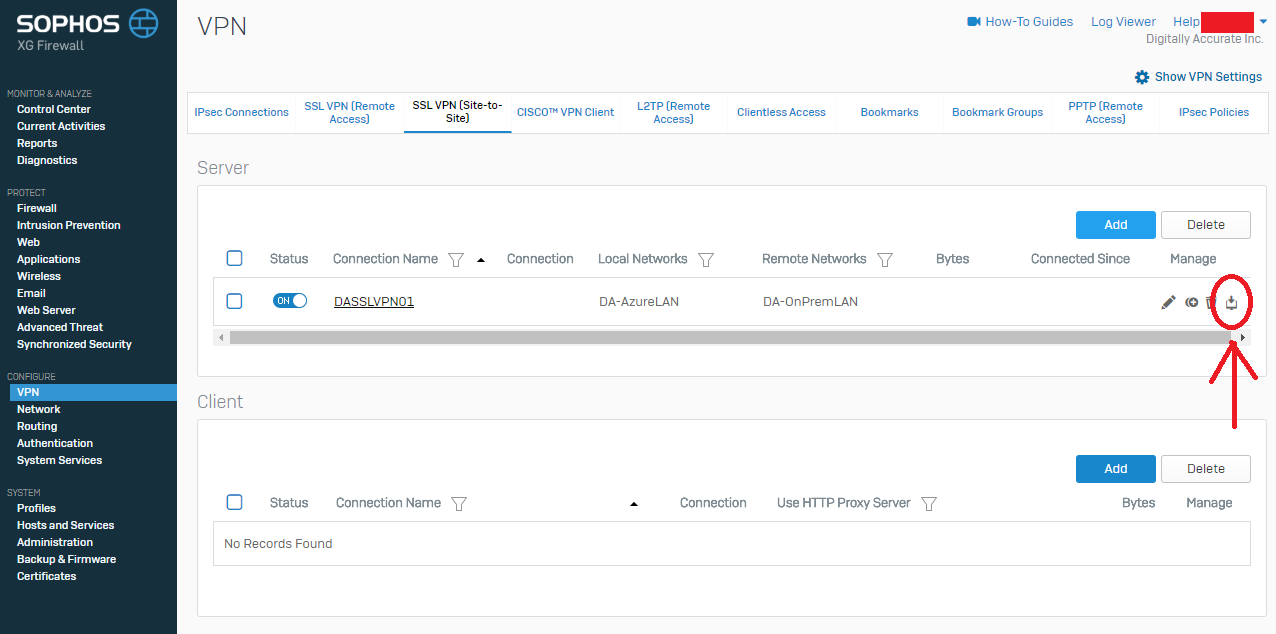

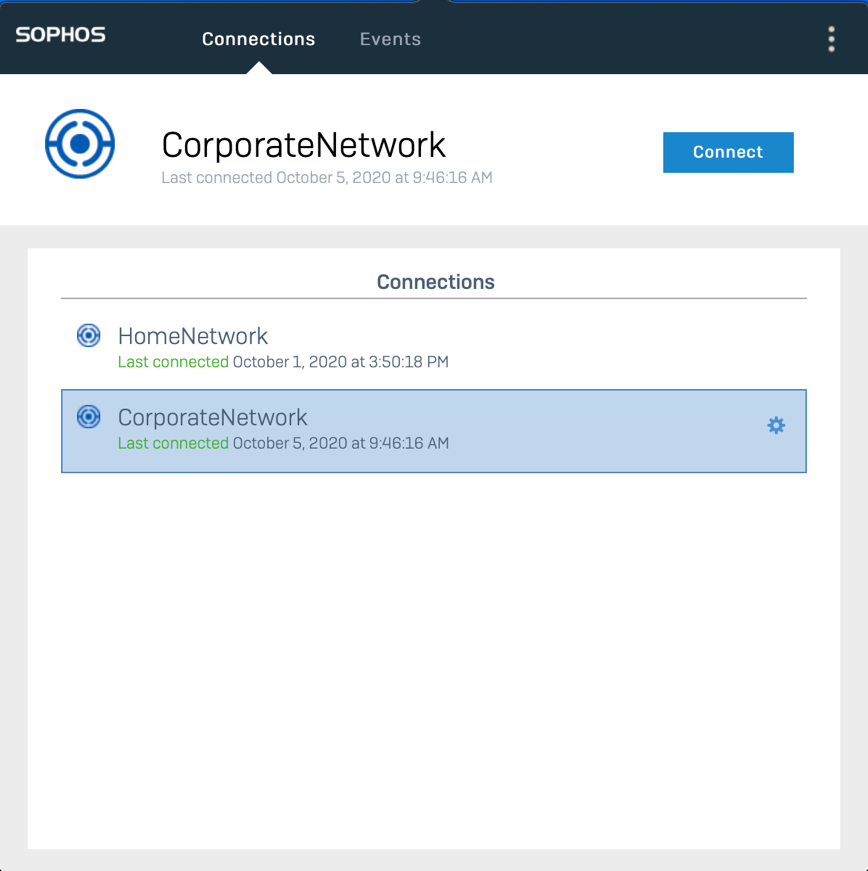
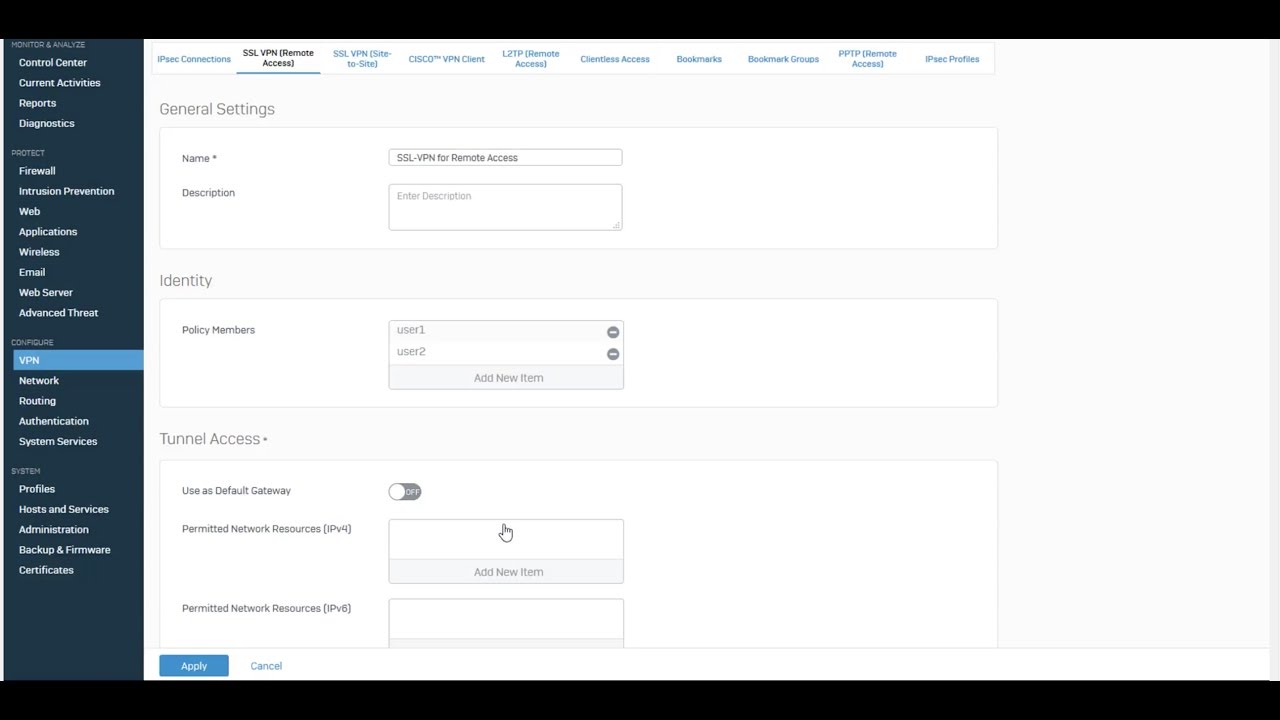
Understanding the Sophos VPN Client Config File
The Sophos VPN client config file contains all the necessary information to establish a secure connection. It specifies the server address, authentication method, encryption settings, and other relevant details. By properly configuring this file, users can ensure a seamless VPN experience.
One important aspect of the Sophos VPN client config file is the server address. This is the IP address or domain name of the remote network to which you wish to connect. It is crucial to input this address correctly to establish a successful connection.
Another crucial element is the authentication method. The Sophos VPN client supports various authentication methods, such as username/password, client certificates, or RADIUS authentication. Configuring the appropriate authentication method ensures secure access to the remote network.
Encryption settings play a vital role in securing the VPN connection. The Sophos VPN client config file allows users to select the desired encryption protocol, such as SSL or IPsec, and configure encryption algorithms to ensure the secure transmission of data.


Unraveling the History and Myths
The history of the Sophos VPN client config file traces back to the early days of VPN technology. As remote work became more prevalent, the need for secure connections grew, leading to the development of VPN clients with advanced configuration options.
Over time, myths and misconceptions have emerged surrounding the Sophos VPN client config file. One common myth is that configuring the file is a complex and time-consuming process. However, with the right guidance, setting up the Sophos VPN client can be straightforward and quick.
Another myth is that the VPN client config file is prone to security vulnerabilities. While it is crucial to configure the file correctly and follow best practices, the Sophos VPN client config file itself is designed to enhance security and protect sensitive data.
By understanding the history and debunking the myths surrounding the Sophos VPN client config file, users can approach the configuration process with confidence and realize its full potential.
The Hidden Secrets
The Sophos VPN client config file holds hidden secrets that can further enhance the VPN experience. One such secret is the ability to save multiple configurations for different networks.
By creating multiple config files, users can seamlessly switch between different VPN connections without the need for reconfiguration. This hidden secret can save time and simplify the process for those who frequently switch between networks.
Another secret lies in the advanced configuration options. The Sophos VPN client config file allows users to fine-tune settings such as MTU size, DNS configurations, and split tunneling. These hidden secrets enable users to customize their VPN experience to suit their specific needs.


Why You Should Use Sophos VPN Client Config File
The Sophos VPN client config file is highly recommended for individuals and businesses alike. By utilizing this file, users can experience secure and reliable VPN connections, ensuring the protection of sensitive data.
One key recommendation is to regularly update the Sophos VPN client software and config file. Manufacturers release updates to address security vulnerabilities and improve performance. By staying up-to-date, users can benefit from the latest features and security enhancements.
Furthermore, it is essential to educate users about the importance of following best practices when configuring the Sophos VPN client. This includes using strong and unique passwords, enabling multi-factor authentication, and regularly reviewing and updating security settings.
In summary, the Sophos VPN client config file is a valuable tool that enables secure remote access to network resources. By following best practices and staying updated, users can maximize the benefits of this powerful configuration file.
Exploring Further: Sophos VPN Client Config File and Related Keywords
To delve deeper into the topic of Sophos VPN client config file, let’s explore some related keywords and concepts:
– VPN configuration best practices
– Troubleshooting VPN connectivity issues
– Remote access security
– Advanced encryption protocols
– Multi-factor authentication for VPN
– VPN performance optimization




Tips for a Smooth Configuring Experience
When configuring the Sophos VPN client, keep the following tips in mind for a smooth experience:
– Always double-check your configuration details, such as server addresses and authentication methods, to ensure accuracy.
– Test the VPN connection after configuration to verify connectivity and access to network resources.
– Regularly update the Sophos VPN client software and config file to benefit from the latest features and security enhancements.
– Follow best practices for remote access security, such as using strong passwords and enabling multi-factor authentication.
Gaining a Deeper Understanding
To gain a deeper understanding of the Sophos VPN client config file, consider the following points:
– Familiarize yourself with VPN configuration options and settings available in the Sophos VPN client.
– Stay informed about the latest advancements in encryption protocols and security practices for VPN connections.
– Seek guidance from the Sophos support documentation and community forums for additional configuration insights.


Fun Facts about Sophos VPN Client Config File
– The configuration process for the Sophos VPN client is highly customizable, allowing users to tailor their VPN experience to their exact needs.
– Configuring the Sophos VPN client is not limited to desktop platforms; it is also compatible with mobile devices, enabling secure remote access on-the-go.
– The Sophos VPN client config file can be backed up and exported, making it easy to transfer settings between devices or share configurations with colleagues.
How to Configure the Sophos VPN Client Config File
To configure the Sophos VPN client, follow these steps:
1. Obtain the necessary configuration details from your network administrator.
2. Open the Sophos VPN client software and navigate to the configuration settings.
3. Enter the server address provided by your administrator.
4. Select the appropriate authentication method and provide the necessary credentials or certificates.
5. Configure the desired encryption settings, including encryption protocol and algorithms.
6. Save the configuration and test the VPN connection to ensure successful connectivity.


What If You Don’t Configure the Sophos VPN Client Config File?
Failure to configure the Sophos VPN client config file can result in the inability to establish a secure VPN connection. Without proper configuration, users may encounter connectivity issues, authentication failures, and restricted access to network resources.
It is crucial to configure the Sophos VPN client config file to ensure a successful and secure VPN experience. By following the necessary steps and inputting the appropriate configuration
 cobabybarcelona Latest Updated Live News cobabybarcelona
cobabybarcelona Latest Updated Live News cobabybarcelona


